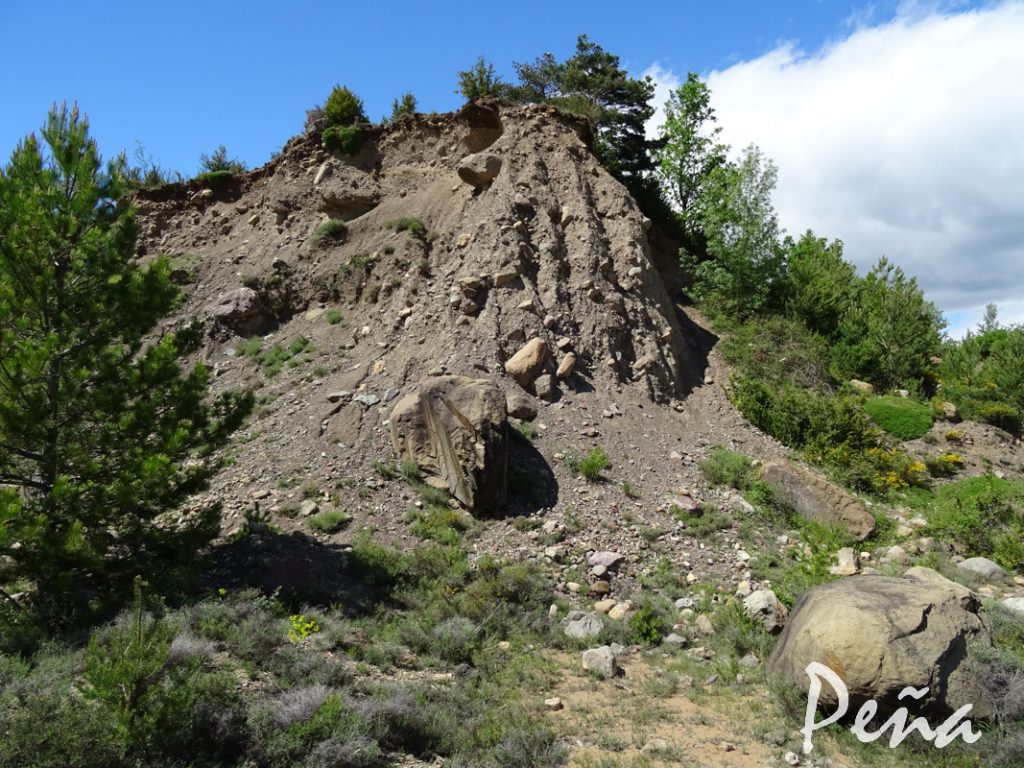Glacial and fluvial deposits in the Aragon Valley, Central Western Pyrenees: Chronology of the Pyrenean Late Pleistocene Glaciers.
García-Ruiz, J.M., Martí-Bono, C., Peña-Monné, J.L., Sancho, C., Rhodes, E.J., Valero-Garcés, B., González-Sampériz, P., Moreno, A., 2012. Glacial and fluvial deposits in the Aragon Valley, Central Western Pyrenees: Chronology of the Pyrenean Late Pleistocene Glaciers. Geographiska Annaler: series A, Physical Geography, 95, 15-32. |

ABSTRACT.
The Aragón Valley glacier (Central Western Pyrenees) has been studied since the late nineteenth century and has become one of the best areas in the Pyrenees to study the occurrence of Pleistocene glaciations and the relationships between moraines and fluvial terraces. New morphological studies and absolute ages for moraines and fluvial terraces in the Aragón Valley allow a correlation with other Pyrenean glaciers and provide solid chronologies about the asynchroneity between global last glacial maximum (LGM) and the maximum ice extent (MIE). Six frontal arcs and three lateral morainic ridges were identified in the Villanúa basin terminal glacial complex. The main moraines (M1 and M2)
correspond to two glacial stages (oxygen isotopic stages MIS 6 and MIS 4), dated at 171 +- 22 ka and 68 +- 7 ka, respectively. From a topographical point of view, moraine M1 appears to be linked to the 60 m fluvioglacial terrace, dated in a tributary of the Aragón River at 263 +- 21 ka. The difference in age between M1 moraine and the 60 m fluvioglacial terrace suggests that the latter belongs to an earlier glacial stage (MIS 8). Moraine M2 was clearly linked to the
fluvioglacial 20 m terrace. Other minor internal moraines were related to the 7–8 m terrace. The dates obtained for the last glacial cycle (20–18 ka) are similar to other chronologies for Mediterranean mountains, and confirm the occurrence of an early MIE in the Central Pyrenees that does not coincide with the global LGM.



